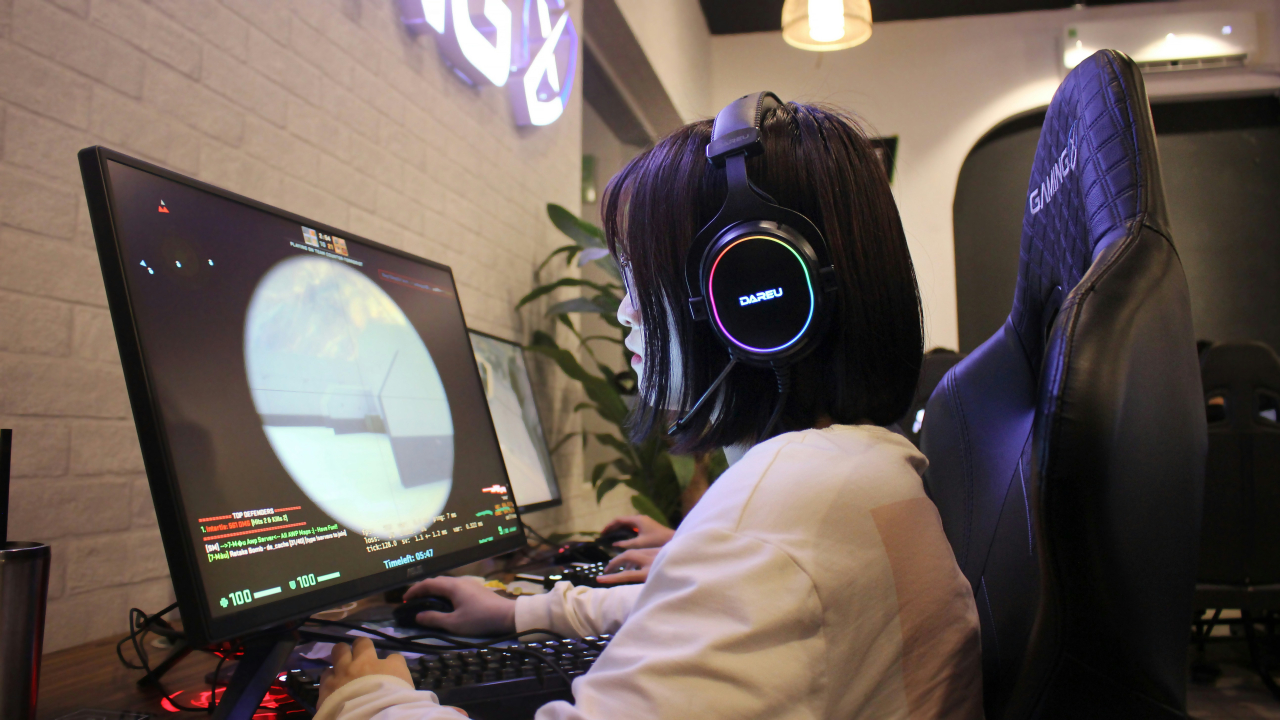Play to Learn? A Critical Look at Gaming, Brain Development, and Education
From Chess to Console: A Brief History of Games in Learning Long before screens lit up classrooms, games like chess and Go were quietly shaping young minds, not just as entertainment, but as tools for cognitive and moral development. In ancient China, Go was considered one of the four essential arts of a cultivated scholar, alongside calligraphy, painting, and music. Used to teach concentration, balance, and long-term strategic thinking, it was embedded into Confucian education and even military training. Similarly, chess, which evolved from the Indian game chaturanga and spread through Persia

How Games Shape the Brain: Cognitive Impacts
Modern video games are often dismissed as distractions, but growing research shows they can positively impact key areas of brain development, especially in children and adolescents. The benefits depend heavily on the type of game and the way it’s used.
Puzzle games like Super Mario, Tetris and Monument Valley demand spatial reasoning, memory recall, and logical sequencing. Regular gameplay has been linked to improved problem-solving skills and even increased grey matter in the hippocampus, a region critical for memory and learning.
Simulation and racing games, such as iRacing, Formula One and Gran Turismo can sharpen visual-motor coordination and reaction time. One study even found that trainee surgeons who played video games performed better on surgical simulators than those who didn’t.
First-person shooters (FPS) and strategy games like Halo, Call of Duty and Fortnite can develop rapid decision-making, situational awareness, and strategic planning. However, they also raise concerns about attention fragmentation and aggressive behaviour, particularly when played without limits or context.
Importantly, not all effects are beneficial. Overexposure can lead to reduced impulse control and shortened attention spans. As with any tool, the impact of gaming depends on thoughtful usage, frequency, and the broader learning environment.
The Pros and the Pitfalls
Used intentionally, games can become powerful educational tools. Their interactive nature boosts motivation, especially for students who may not engage with traditional instruction. Many platforms now offer adaptive feedback, tailoring challenges to individual learner progress. Games also create safe spaces to fail and try again, nurturing resilience, risk-taking, and persistence.
Multiplayer and team-based games can go further, fostering communication, leadership, and collaboration. For instance, Minecraft: Education Edition are widely used to teach coding, environmental science, and history in a hands-on, exploratory format. Platforms like Kahoot! bring gamified quizzes into classrooms worldwide, making assessment feel more like play. Games like Rocket League bring a fun and engaging way to build team work amongst players.
But there are real concerns. Too much screen time is linked to sleep disruption, reduced physical activity, and attention issues. Not all students have access to devices or stable internet connections, raising equity issues. And while some games are built with educational intent, others blur the line between learning and entertainment with violence, addictive mechanics, or manipulative reward loops.
E-sports and the Gamification of Competition
Once the domain of bedrooms and LAN cafés, competitive gaming, now widely known as e-sports, is gaining traction in schools and universities. What began as a fringe hobby has matured into a global phenomenon, with schools forming e-sports teams, hiring coaches, and even offering scholarships for high-level players.
At its best, e-sports mirrors the benefits of traditional sports: strategic thinking, communication, team cohesion, and discipline. Programmes in countries like South Korea, the US, and even parts of the UK have shown how structured competitive gaming can foster leadership and a sense of community, especially for students who
may not feel at home in conventional extracurriculars.
But this rise isn’t without controversy. Critics ask whether competitive gaming truly belongs in education, or whether it promotes screen reliance under the guise of skill development. As with other forms of digital learning, the answer lies in thoughtful design, moderation, and a clear educational purpose.
A Balanced Future
Games are no longer just about play, they’re increasingly shaping how young people learn, think, and relate to the world. From training cognitive flexibility to fostering collaboration through e-sports, their educational potential is undeniable. But this potential must be harnessed with care.
The challenge now isn’t whether games belong in education, but how we use them. Are we designing with purpose? Are we teaching students to be reflective digital citizens, not just players? If we get that balance right, games could become one of the most powerful and inclusive learning tools of our time.
By Sami Yosef
Stay up to date
Subscribe to the free GESS Education newsletter and stay updated with the latest insights, trends, and event news every week. Your email address will remain confidential
